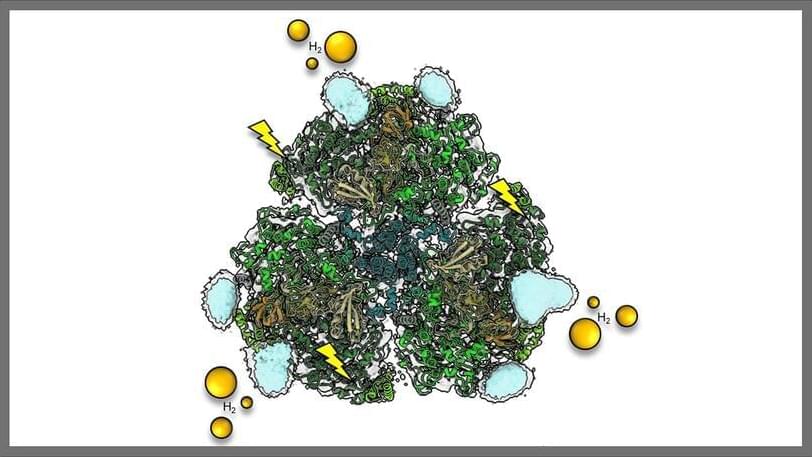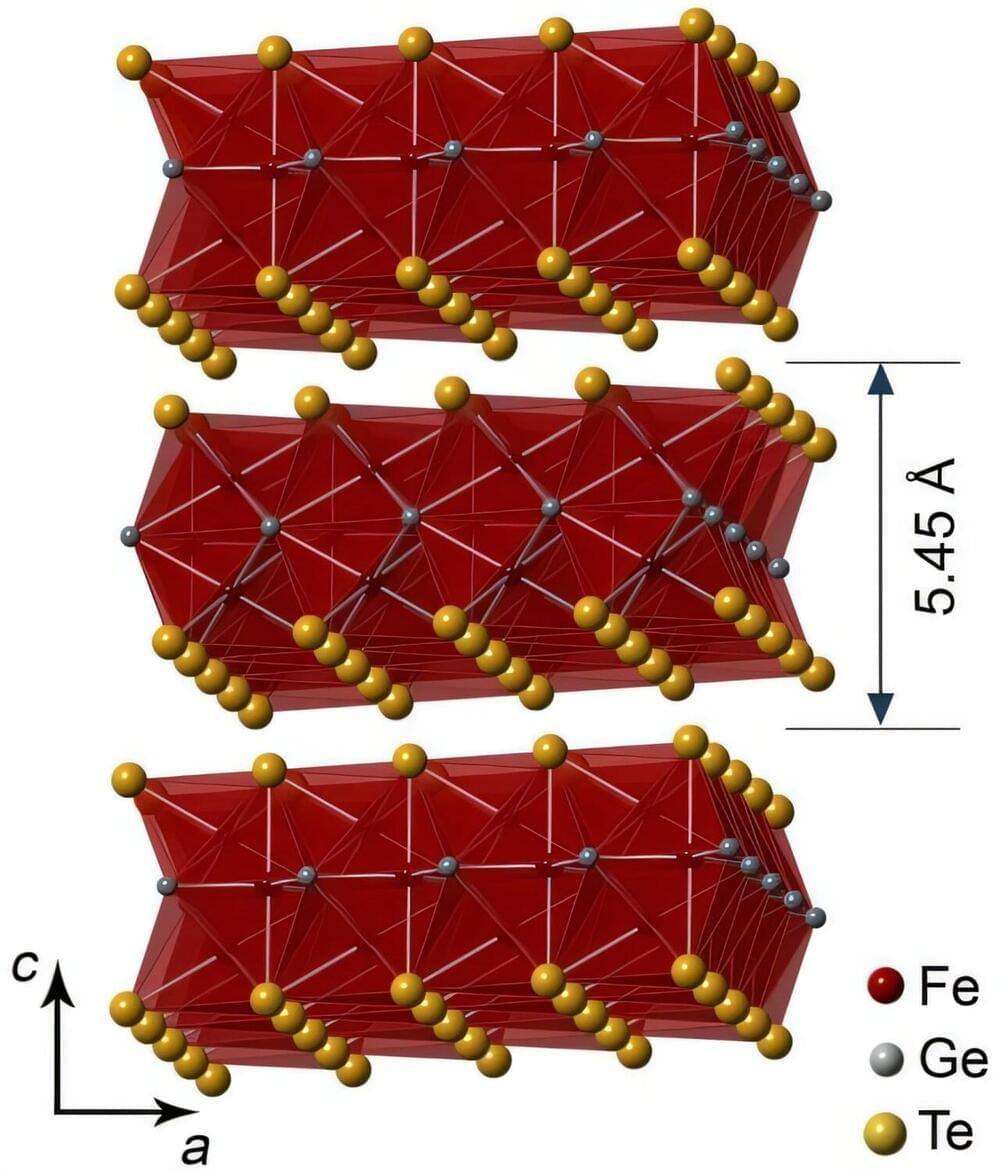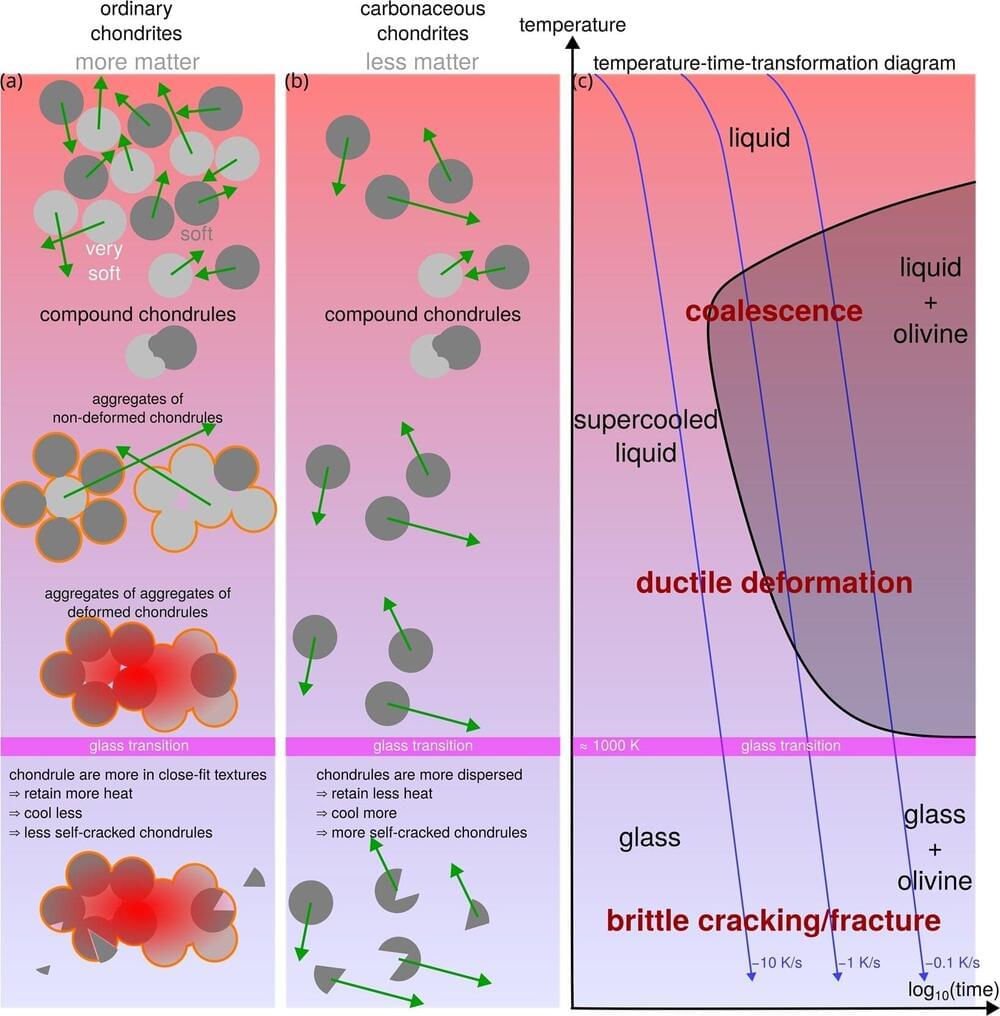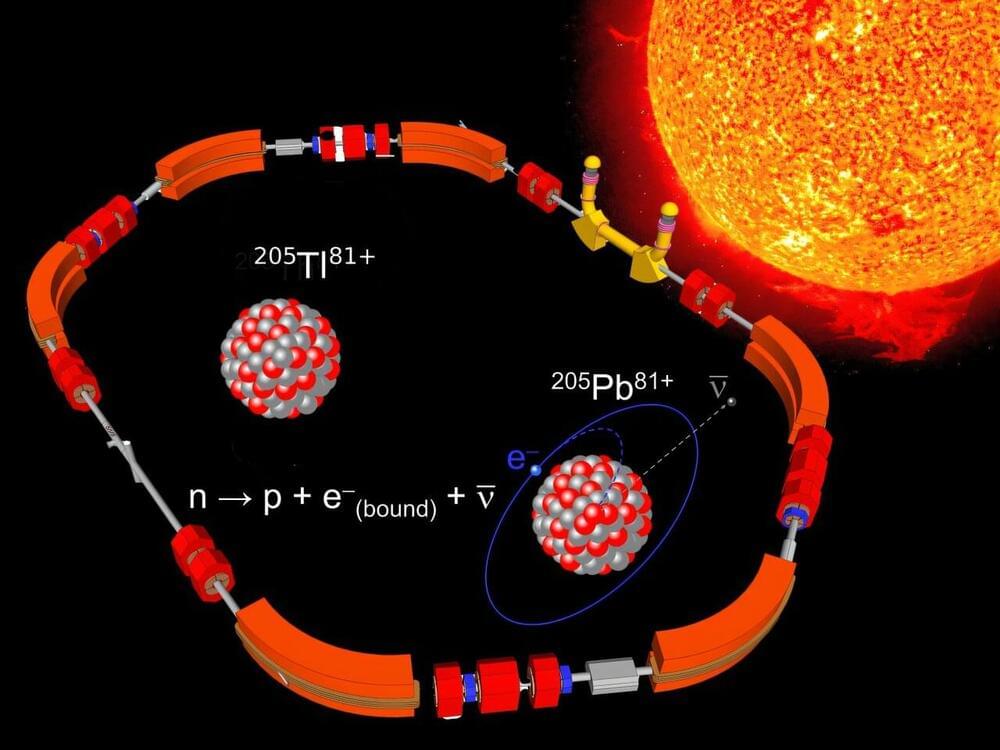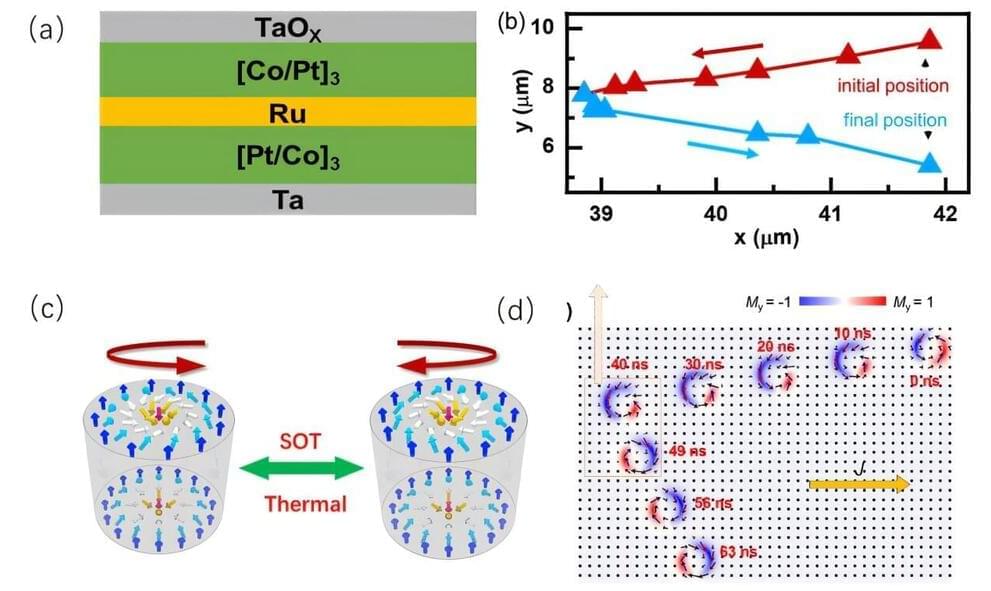Dec 13, 2024
Google unveils ‘mind-boggling’ quantum computing chip | BBC News
Posted by Kelvin Dafiaghor in categories: computing, particle physics, quantum physics
Google has unveiled a new chip which it claims takes five minutes to solve a problem that would currently take the world’s fastest super computers ten septillion – or-1 years – to complete.
The chip is the latest development in a field known as quantum computing — which is attempting to use the principles of particle physics to create a new type of mind-bogglingly powerful computer.
Continue reading “Google unveils ‘mind-boggling’ quantum computing chip | BBC News” »




